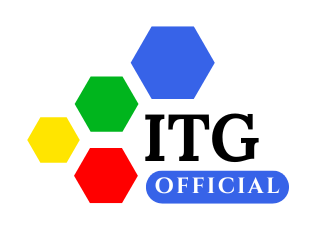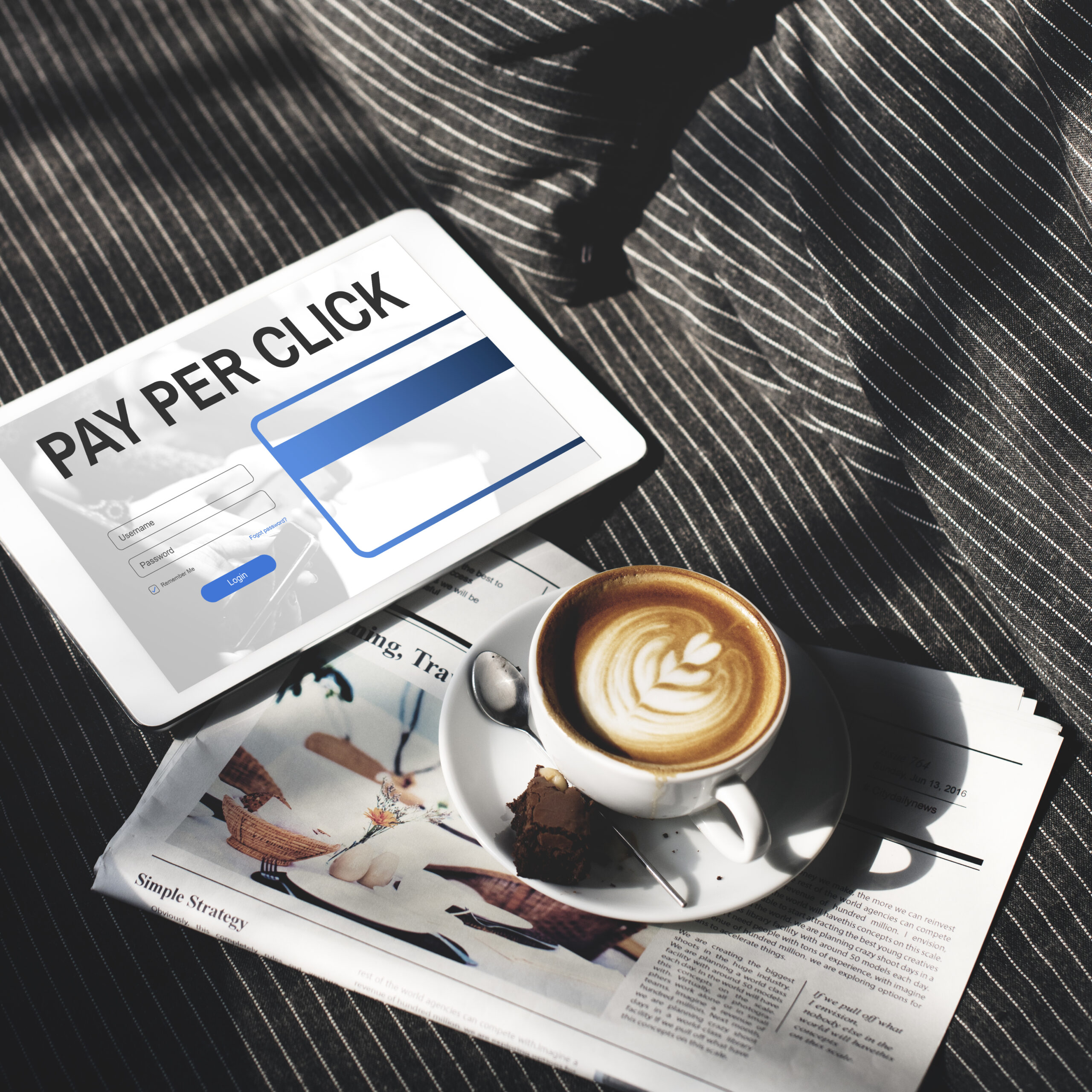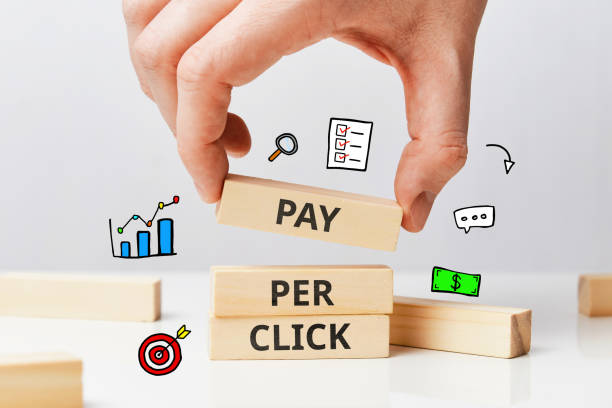Pay-Per-Click Marketing in 2025 is transforming how businesses advertise online. With rapid advancements in artificial intelligence (AI), data privacy changes, and new ad formats, PPC has become more efficient, cost-effective, and performance-driven than ever. Marketers are no longer just focused on getting clicks—they’re focused on conversions, user intent, and long-term growth.
This guide will walk you through how Pay-Per-Click Marketing in 2025 works, why it’s more important than ever, and the strategies you should use to grow your business with paid ads.
What is Pay-Per-Click Marketing in 2025?
At its core, Pay-Per-Click Marketing in 2025 is still based on the same principle: advertisers pay a fee each time someone clicks on their ad. But the technology, platforms, targeting capabilities, and user behavior behind PPC have evolved significantly.
Whether it’s a Google Search Ad, a YouTube video ad, or a sponsored post on Instagram, PPC allows businesses to show their ads to potential customers who are actively looking for similar products or services.
In 2025, PPC campaigns are driven by AI, customized using first-party data, and optimized across multiple platforms, including:
- Google Ads
- Microsoft Ads (Bing)
- Meta Ads (Facebook & Instagram)
- YouTube Ads
- Amazon Ads
- LinkedIn Ads
- Pinterest and TikTok Ads
Why Pay-Per-Click Marketing in 2025 is Essential
If you’re still wondering why businesses invest heavily in PPC, consider this:
- Immediate Results: Unlike SEO, which can take months to show results, PPC delivers instant visibility and traffic.
- Advanced AI Targeting: Platforms use machine learning to reach users most likely to convert.
- Full Control Over Budget: You can start with as little as ₹500 and scale up based on performance.
- High Intent Traffic: People clicking on PPC ads are often ready to make a decision.
- Data-Driven Optimization: Real-time analytics help you make decisions quickly and accurately.
Key Benefits of Pay-Per-Click Marketing in 2025
1. AI and Automation
In 2025, automation is not optional—it’s essential. Platforms like Google’s Performance Max campaigns use AI to automate bidding, placements, and creatives. Marketers are focusing more on strategy and less on manual tasks.
2. First-Party Data Usage
Due to data privacy updates and the phasing out of third-party cookies, first-party data (your own customer lists, email data, site behavior) has become the foundation of targeting and remarketing strategies.
3. Omnichannel Advertising
Modern PPC campaigns can now run across platforms in sync—ads on Google, social media, email follow-ups, and retargeting campaigns are all connected.
4. Enhanced Ad Formats
In 2025, PPC is not just text-based. Formats now include:
- Short-form video ads (YouTube Shorts, Instagram Reels)
- Image carousels
- Shoppable ads
- Interactive polls and AR-based experiences
Effective Strategies for Pay-Per-Click Marketing in 2025
To get the best results, businesses need to adopt updated PPC strategies. Here’s what works in 2025:
1. Smart Bidding and Performance Max
Google Ads now uses smart bidding algorithms that automatically adjust bids based on user behavior, device, location, and other signals. Performance Max campaigns help you advertise across Search, Display, Gmail, Maps, and YouTube using a single campaign setup.
2. Video and Visual Ad Focus
Video ads consistently outperform static ads. A well-placed 15-second YouTube ad or a short Instagram Reel can lead to higher engagement and conversion.
3. Voice Search Optimization
With the rise of voice assistants like Alexa, Google Assistant, and Siri, PPC marketers are optimizing for voice-based queries, focusing on natural language and long-tail keywords.
4. Mobile-First PPC Design
Most PPC traffic now comes from mobile devices. Landing pages must load in under 2 seconds, be responsive, and feature click-to-call or instant message options.
5. AI Tools for Ad Copy & Insights
AI content tools like ChatGPT, Jasper, and Surfer SEO are helping advertisers write compelling ad copy, analyze keywords, and generate reports faster than ever.
Emerging Trends in Pay-Per-Click Marketing
The future of Pay-Per-Click Marketing in 2025 includes some exciting new trends:
- Conversational PPC Ads: Ads that open into chat windows (WhatsApp, Messenger) for instant engagement.
- Predictive Analytics: Using AI to forecast what actions a user is most likely to take.
- Augmented Reality Ads: AR-based ads allow users to interact with products before buying.
- Dynamic Remarketing: Ads that show users the exact products they viewed, customized in real-time.
Challenges in Pay-Per-Click Marketing in 2025
With all these advancements, PPC isn’t without its challenges:
- Higher Competition: More businesses are advertising online, which can increase CPC (Cost Per Click).
- Ad Fatigue: Users are exposed to more ads than ever, so creative refreshes are critical.
- Data Privacy Regulations: Compliance with global privacy laws (GDPR, CCPA, etc.) is more important than ever.
Final Thoughts
Pay-Per-Click Marketing in 2025 is no longer just about running a few search ads. It’s a sophisticated, data-driven, AI-supported ecosystem that helps businesses grow at scale. From Google to social media platforms, PPC is the fastest way to reach your target audience and drive conversions.
To succeed with PPC in 2025, focus on personalization, automation, video content, and seamless cross-platform experiences. Whether you’re a student, freelancer, startup owner, or part of a large company—PPC can help you achieve measurable marketing success.
Explore more:
Read our in-depth blog post on PPC‑2025: The Future of Paid Advertising


